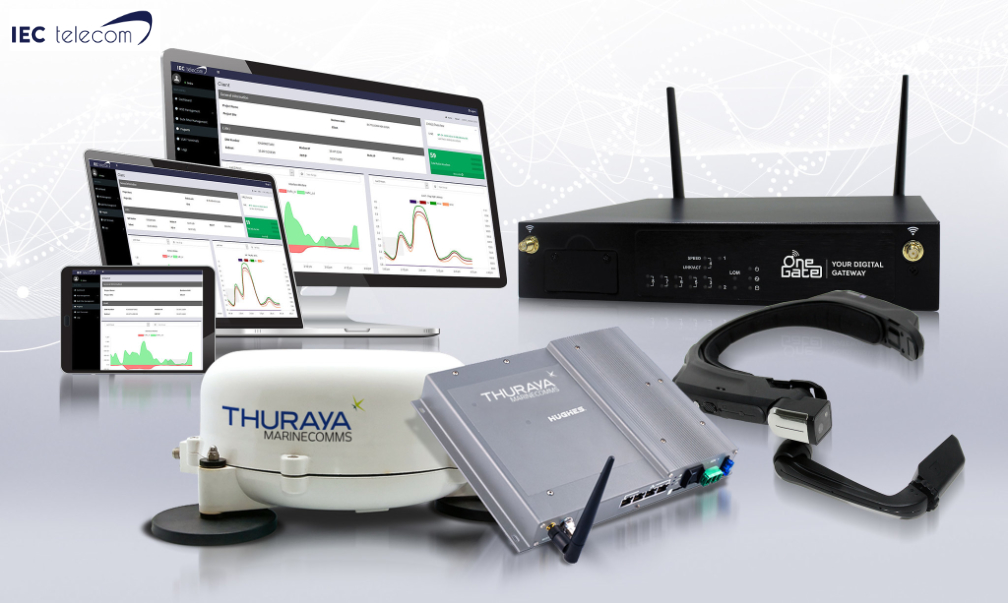The advance of digitization is now bringing benefits to businesses in hard-to-reach locations, transforming the way they operate and making life easier for customers in remote areas inadequately served by terrestrial networks.
As it unveils its connectivity solution, Voyager Edge, IEC Telecom reports that their satellite-based solutions can bridge the digital divide and enable remote communities to have equal communication opportunities and to access the services that many city residents are able to take for granted.

By using the vehicular Voyager Edge V solution, any car/van can be transformed into a remote office. Thanks to the automated failover between GSM and SATCOM mode, this new system will ensure reliable connectivity for mobile units no matter how remote. Voyager Edge expands the scope of operations and offers a completely new perception of service delivery and creates new opportunities for public and private sectors.
According to the International Monetary Fund (IMF), 50% of adults worldwide – 2.5 billion people* – do not have an account in a formal financial institution, such as a bank, credit union, cooperative, post office, or microfinance institution. Without an account in a financial institution it is more difficult for people to receive wages, remittances, and government payments –which means people in remote areas can be disadvantaged.
Removing the physical barriers to accessing banking facilities could expand the use of bank accounts and the financial advantages that accompany them. Financial Access Survey data from the World Bank shows that Small and Medium-sized Enterprises (SMEs) in low- and middle-income countries have limited access to borrowing despite the fact they contribute up to 40 percent of national income and create 70–95 percent of new jobs.**
The telecommunication infrastructure is generally regarded as one of the fundamental factors for economic development, and in very remote environments it is a lifeline, enabling access to government services, commercial opportunities, social infrastructure, information networks, communication networks, e-learning, telemedicine etc.
The Voyager Edge solution combines Thuraya’s IP Voyager reliable, high-quality vehicular satellite terminal with IEC Telecom’s agile, lightweight, and easy-to-install OneGate Compact to provide a dual GSM/SATCOM service with least-cost routeing, a secured channel for confidential communications and data transfers, virtual dashboard, advanced cyber security, robust back-up facilities and GPS tracking in real-time to ensure continuity of operations and the safety of remote workers. An advanced filtration toolkit can prioritize communications and restrict usage while the dedicated digital portal offers 24/7 access to consumption reports.

“With today’s digital technology it is possible to conduct business in areas which were previously not linked to communications networks or where connectivity levels were poor. Imagine being able to transport your office, bank, or service directly to the communities that need you and carry out day-to-day operations without the need to install communications towers or expensive infrastructure,” said Nabil Ben Soussia, CEO Asia, Middle East & CIS, at IEC Telecom Group. “The same concept can be applied to other areas of operation, thereby enabling telemedicine for healthcare, connecting supply chains for logistic companies, facilitating remote maintenance for public utility services, and so on – it’s an exciting development. Imagine if the bank or post office could come to your village once or twice a week – this can transform the socio-economic development for remote. This innovative technology is fundamental to the decentralization of services.”

